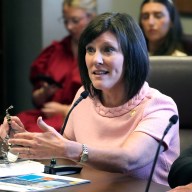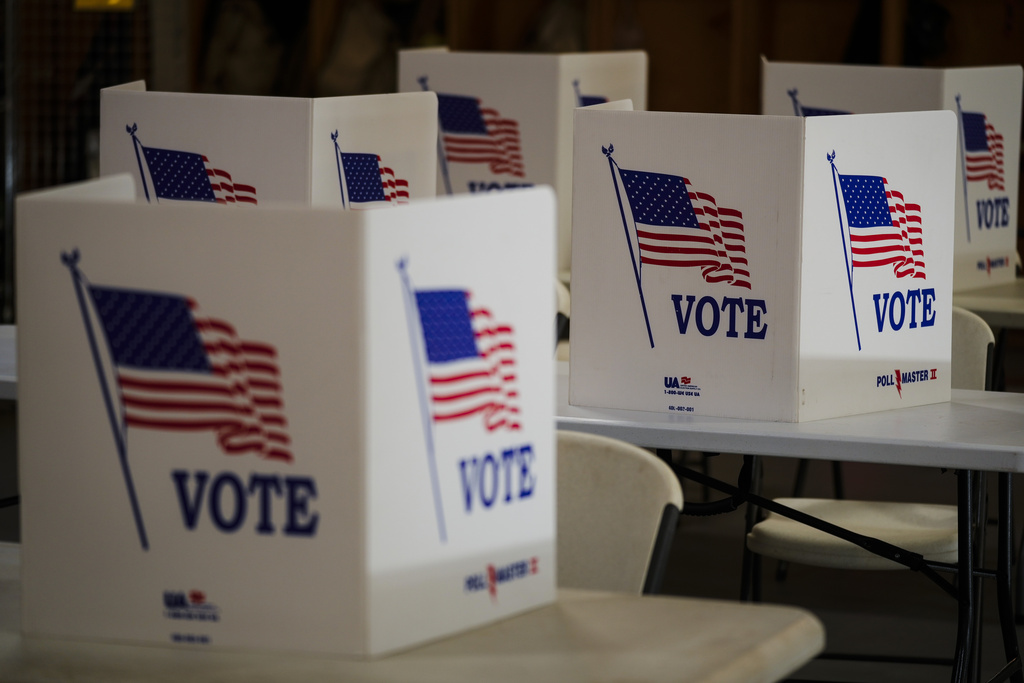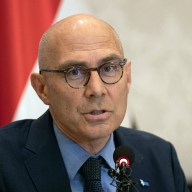OTTAWA – Just think of it as a $280-million stimulus package.
As Canadians contemplate the possibility of another general election this fall, the multi-million-dollar price tag has become common currency among a disgruntled electorate.
“All of a sudden people are recognizing there is a cost (to elections) and they are using $300 million, $330 million,” pollster Jeff Walker of Harris-Decima said Wednesday.
Walker says he’s getting unsolicited comments such as, “‘Why are we spending $300 million in this (economic) climate?’
“People are citing a number and saying this is a lot of money.”
But whether you look at it as dollars down the drain, as the price of democracy – or as a small, direct boost to hurting local businesses – depends on one’s point of view.
Walker describes the money issue as “an irritant” that could hurt Liberal Leader Michael Ignatieff if he comes to be blamed for an election that doesn’t offer a compelling range of choices to voters.
Others offer a different perspective.
Compared to the two-year, $46-billion economic stimulus package announced by the Conservative government, election spending is negligible.
Peter Dungan, an economist at the University of Toronto, says the expense amounts to a “drop in a bucket” when set against the national economy.
It is, however, targeted, timely and spread locally.
“It’s pretty clear that election expenses don’t get spent on imports,” said Dungan. “At least it is localized.”
A look through individual candidates’ 2008 receipts – available by appointment at Elections Canada – reveals the flurry of local largesse: pizza shops, printing houses, bus companies, computer stores, community newspapers, flower shops and a host of other suppliers all cashed in.
Elections Canada also hires thousands of temporary workers, Dungan notes, which could prove timely in this autumn of rising unemployment.
“You might say there are more creative ways of doing that, but it does stimulate the economy,” said the professor.
“The idea that it’s a complete waste is not true.”
Elections Canada says it spent $280 million on the October 2008 vote, a cost that comes directly out of the Consolidated Revenue Fund.
The figure is in line with two previous elections. The June 2004 vote cost $274 million, while January 2006 cost $272 million.
Elections Canada covers the cost of hiring workers, leasing office space for returning officers, renting polling stations, training field staff, printing ballots and voters lists, advertising, and information technology – plus reimbursing candidates and parties to the tune of about $60 million.
That reimbursement is based on a 50 per cent rebate of campaign expenses of candidates and parties. So it is safe to assume at least another $60 million – most of it taxpayer-subsidized in one way or another – is also pumped into the economy during the six-week election period.
John Enright of Elections Canada predicts the next election, whenever it comes, will cost about the same as the last one.
“The big variable is the number of candidates, because I can’t predict that,” he said.
The number of Canadians who put their names forward in federal elections can range from 1,400 to about 2,100, depending on the year. Any candidate who gets more than 10 per cent of the vote is eligible to recoup half their campaign expenses.
While candidates must provide receipts to get reimbursed, political parties don’t under the Canada Elections Act.
Most costs are fairly fixed, said Enright, but the arms-length elections watchdog does insist that its returning officers shop for the best rates on local leasing and printing.
“We keep a very tight hold on the purse strings because we know this money is coming out of the Consolidated Revenue Fund,” he said.
















